What in the world does it mean when we teach reading unknown words from the inside out? Let’s discover together!
Be sure to look for the free printable prompts at the end of this post.
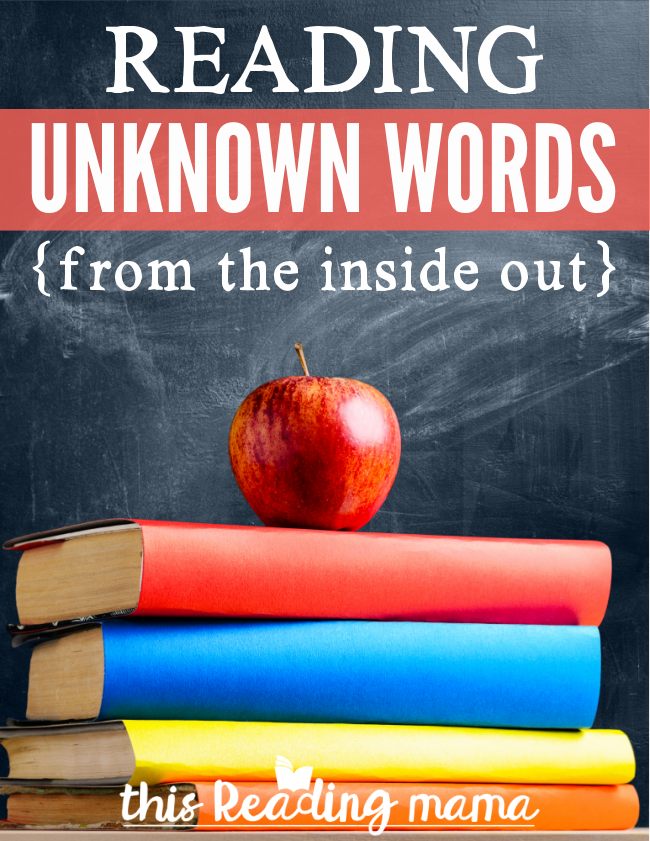
I have loved teaching reading for many, many years. So much so, that I got my M.Ed. in Reading and then recently got my certificate in Dyslexia and Language-Based Learning Differences.
While getting my M.Ed., I learned many reading strategies for unknown words. {That is a post from 2014.}
What I learned was to teach learners to mostly use context to figure out unknown words. Yes, teaching them to look at the word was also important, but it wasn’t necessarily the most important tool in the box.
*I am a participant in the Amazon Services LLC Associates Program, an affiliate advertising program designed to provide a means for me to earn fees by linking to Amazon.com and affiliated sites.
Reading Unknown Words from the Inside Out
As I was reading the second edition of Overcoming Dyslexia by Sally Shaywitz this summer, I came across the idea that kids can use the internal cues to figure out a word and the external cues, like context clues. This really got my wheels spinning and challenged the teaching I’d been given about reading unknown words.
The best way I know how to explain what I’ve learned is that we want to teach kids to figure out unknown words by reading them from the inside out. Instead of starting with the context {what’s happening in the story, using the picture, etc.}, we want to start with the word itself. Look inside the word.
Here’s what that looks like:
Reading Unknown Words from the Inside FIRST
Our first prompts should encourage them to look inside the word. We might say things like:
- What does the word start with?
- Do you see a blend at the beginning?
- Do you see any chunks you know? {Maybe there’s a vowel team or a digraph.}
- What kind of vowel do you see? {Is it closed, open, etc.}
- Do you see a silent e at the end?
- Can you sound through the word, starting at the beginning?
For longer words, we might ask:
- Do you see a prefix you know?
- Is there a suffix at the end?
- Can you split this word into syllables? {Think 6 Syllable Types.}
- Do you see any chunks you know?
What about Sight Words?
Yes, this even works with sight words. Nearly all sight words have parts that CAN be worked out using phonics.
Just look at the top 10 sight words {mixed from several high frequency word lists}: the, of, and, a, to, is, you, that, it, was
Of all ten words, 4-5 of them are 100% phonetical {and, a, is, that, & it}, and only one is completely non-phonetical {of}.
You can sound through entire sight words or parts of sight words with nearly every single sight word on any list you look at. I talk more about this in my post, Two Kinds of Sight Words. Feel free to explore it if you’d like.
Reading Unknown Words from the Outside SECOND
Once the word has been figured out from the inside clues, then we want them to use the context {information outside of the word} to check to see if it makes sense.
We might use prompts like:
- Go back to the beginning of that sentence and read it again.
- Does that make sense in this sentence?
- Does that make sense in the story?
- You read ________. Does that make sense/Does that sound right?
- Does the picture match what you read {if applicable}?
- Is that a real word you know?
- Does that sound like a real word you know? {For example, if they read wagon with a long a, they may change it to a short a sound.}

At the end of this post, you’ll find this one-page free printable with prompts for both INSIDE the word and OUTSIDE the word. Just click on the teal download button below!
By asking learners to look at the word FIRST, we are teaching them that:
1. Clues within the word are a more reliable source long term than the context clues. For example, the pictures will not always be there.
2. They can use the information within a word to help them decode unknown words in ANY other book they read. This is not so with context clues.
3. It’s not wrong to use context clues, but good readers do not heavily rely on them to figure out unknown words. Context clues are typically only used to help with the pronunciation of words {think homographs} or the meaning of words.
If you teach readers, especially struggling readers, I hope my thoughts here have challenged you {not confused you}. I honestly like how it has given me a better balance between understanding the role phonics and context clues plays in teaching my readers.
Don’t forget to snag the FREE download!
You Might Also Like:
Enjoy teaching!
~Becky
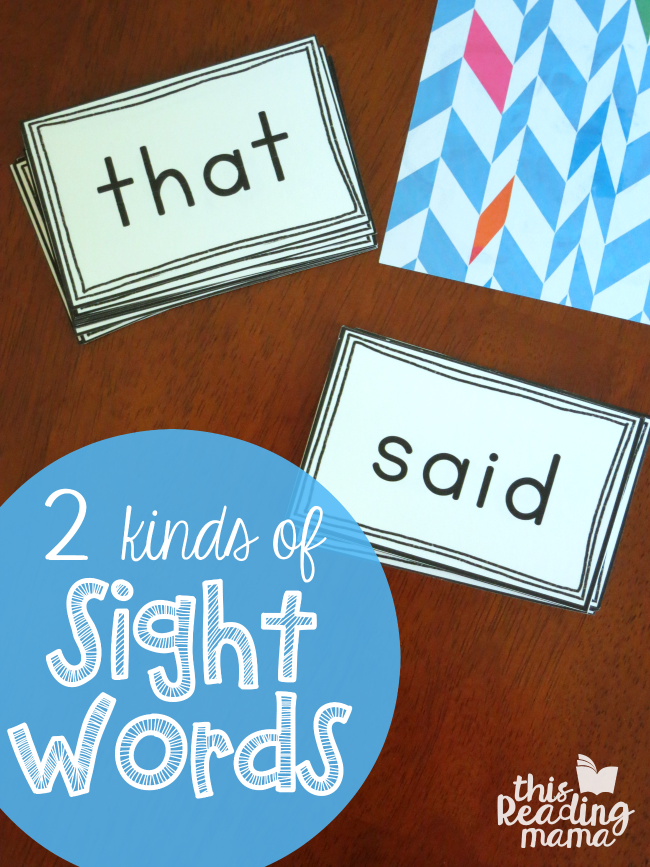
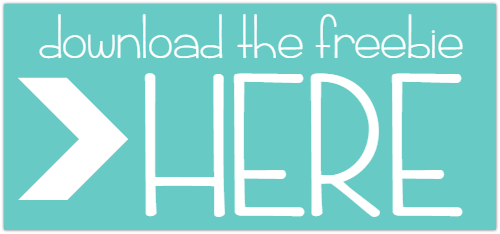
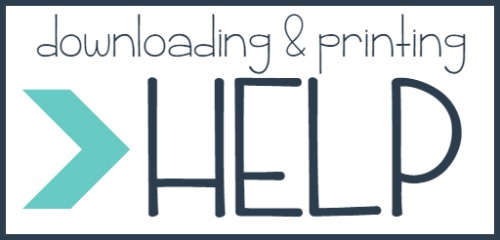
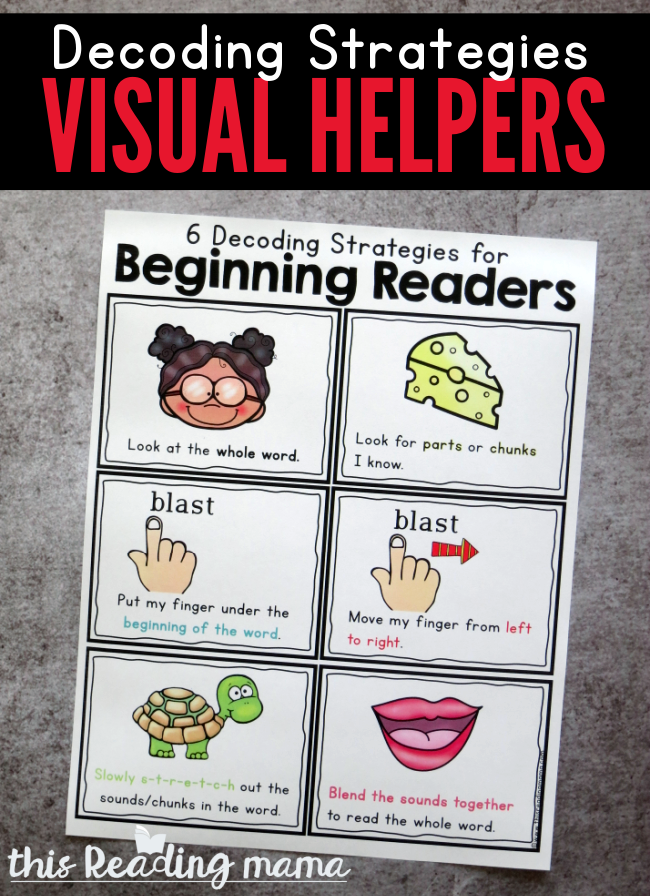
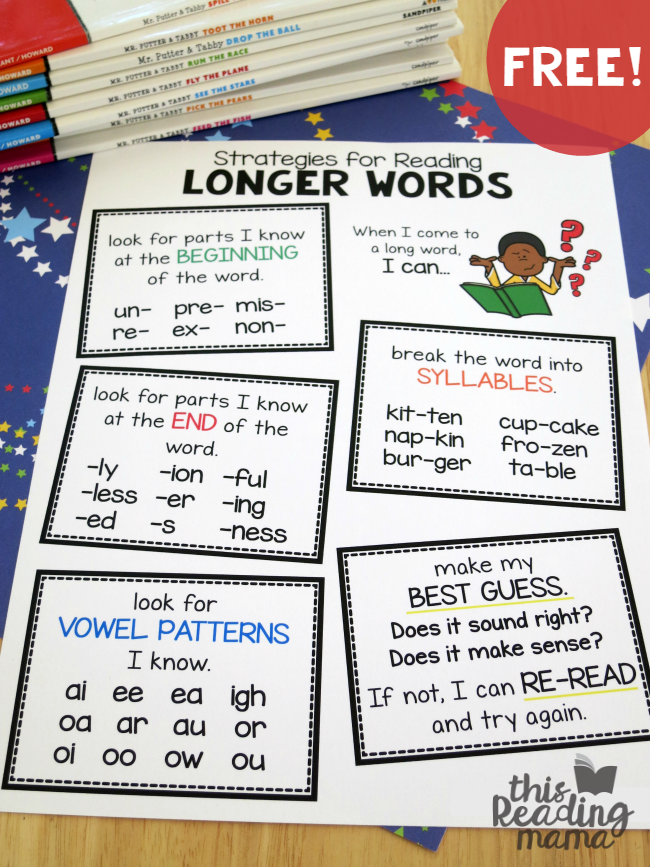
Hi Becky,
I am a long time reader and user of your great resources but I have always had a problem with the way you (and Anna from Measured Mom) continue to support ‘balanced literacy’. I know from the science of reading that it is so so important to decode words before using any other strategy, so thank you so much for seeing the light! I am a speech language pathologist and not a teacher so I have never had the same pressure that you have, as teachers, to continue to promote ‘whole language’. I’m hoping that before I retire, we will see all children being taught to read using systematic synthetic phonics, with lots of rich literature being read by their teacher. Please keep up your great work and keep reading! I can recommend the Reading Science in Schools FB group for more information on the science of reading. I am not in any way affiliated with them, they just provide excellent information.
Thanks again and stay safe in this new world we live in,
Caroline
As always, thanks for sharing your earned wisdom with others! I have a grade 4 who is a big guesser, and you’ve reinforced I’m on the right track with asking him to find/showing him the smaller parts of the words and build his word from there.
Thank you Becky!
Your content is totally awesome! I use it at home with my children often. I am an ESL paraprofessional working on my M.ed. as well. I work in school were the budget is super low and I serve a variety of ELLs. Their skills range in proficiency from very limited to moderate. One student came to us with no skills at all in their native language! Need I tell you I am in a high school setting. Can you imagine my situation. Your material helps save the day. I am teaching highschool aged ELLs the alphabet, phonics, numbers and sight words.
Thank you so much,
Jessie Hicks, ESL paraprofessional
Thank you! I love the way your approach combines new things you’ve learned without completely throwing out strategies that have worked for you in the past. This is quite refreshing considering all the contention and unkindness I see surrounding the teaching of reading. Thank you for your wisdom and for the wonderful resources you generously share.